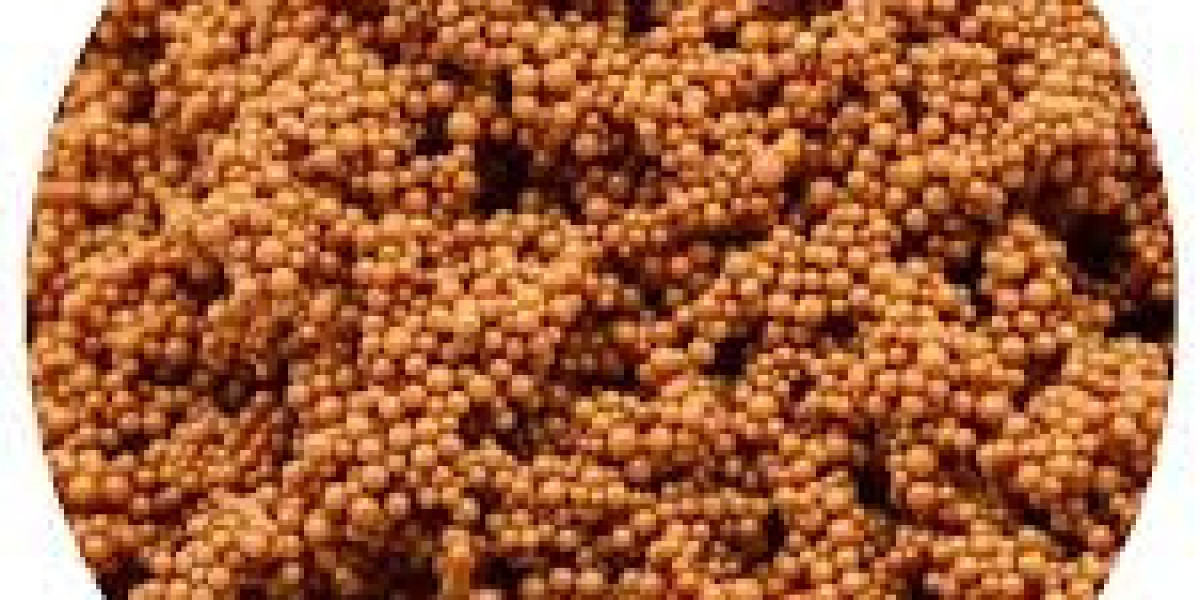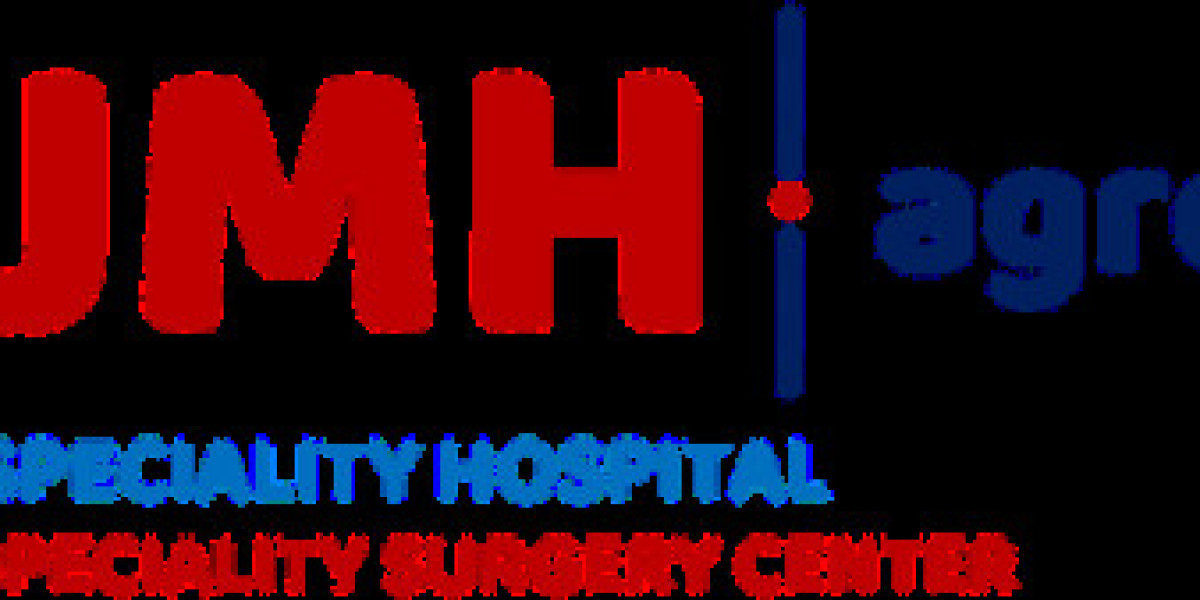The adsorbent market is undergoing transformative changes driven by innovations that respond to growing environmental challenges and industrial needs. As concerns about air and water quality intensify, the demand for effective adsorbent solutions is increasing across various sectors. This article explores current trends in the adsorbent market, highlighting key innovations and future prospects that will shape the industry.
Current Trends in Adsorbent Technologies
Nanomaterials
One of the most significant advancements in the adsorbent market is the application of nanomaterials. These materials possess unique properties that enhance their adsorption capacity, allowing them to capture smaller and more complex molecules. Nanomaterials such as graphene and carbon nanotubes are being integrated into various adsorbent products, significantly improving their performance in applications ranging from water treatment to air purification. The high surface area and tunable properties of nanomaterials make them particularly effective for removing contaminants, including heavy metals and organic pollutants.Bio-based Adsorbents
The shift toward sustainability is leading to increased interest in bio-based adsorbents. Derived from renewable resources like agricultural waste and natural polymers, these materials offer a more environmentally friendly alternative to traditional adsorbents. Innovations in this area include the development of adsorbents from chitosan, cellulose, and coconut shell carbon. These bio-based adsorbents not only provide effective pollutant removal but also align with the growing demand for sustainable solutions in industrial applications.Smart Adsorbents
The emergence of smart adsorbents represents a groundbreaking innovation. These materials can respond dynamically to environmental changes, such as temperature, pH, or the presence of specific pollutants. For example, stimuli-responsive adsorbents can alter their properties in response to changes in their surroundings, enhancing their adsorption efficiency. This adaptability makes them particularly valuable in applications where pollutant concentrations fluctuate, such as in industrial effluents and contaminated water sources.Advanced Composite Materials
The development of advanced composite adsorbents is another trend shaping the market. By combining different materials, such as activated carbon with metal-organic frameworks (MOFs), manufacturers can create composites that exhibit superior adsorption characteristics. These composites can target specific contaminants, making them suitable for specialized applications like gas separation and VOC removal. The ability to customize adsorbents for specific tasks enhances their effectiveness and marketability.Sustainability Initiatives
The growing emphasis on sustainability is driving innovations in the adsorbent market. Companies are increasingly adopting environmentally friendly practices in their production processes, from sourcing raw materials to product disposal. Sustainable initiatives include developing adsorbents that are recyclable or biodegradable, reducing the environmental impact of their use. As regulations become stricter, businesses that prioritize sustainability will likely gain a competitive advantage.
Future Prospects for the Adsorbent Market
Expansion in Emerging Markets
Emerging economies are witnessing rapid industrialization and urbanization, creating substantial opportunities for the adsorbent market. As these regions grapple with pollution and waste management challenges, the demand for effective adsorbent solutions is expected to surge. Companies that can offer cost-effective and efficient products tailored to local needs will find a receptive market. This expansion presents not only commercial opportunities but also the chance to contribute to environmental improvement in these regions.Investment in Research and Development
The future of the adsorbent market hinges on continuous investment in research and development. As industries seek to address complex environmental issues, R&D efforts focused on developing new materials and technologies will be crucial. Collaboration between academia, industry, and government agencies can accelerate innovation and lead to the creation of next-generation adsorbents capable of tackling emerging contaminants and meeting evolving regulatory standards.Integration of Digital Technologies
The integration of digital technologies, such as artificial intelligence and the Internet of Things (IoT), is expected to enhance the effectiveness of adsorbent applications. Smart sensors and monitoring systems can provide real-time data on pollutant levels, allowing for more efficient use of adsorbents and timely interventions. This data-driven approach can optimize performance and reduce waste, making adsorbent solutions more effective and sustainable.Regulatory Support and Standards
As environmental regulations become more stringent worldwide, regulatory support for the adsorbent market is likely to increase. Governments are implementing stricter standards for air and water quality, compelling industries to adopt more effective pollutant removal technologies. This regulatory landscape will drive innovation and encourage companies to develop advanced adsorbents that comply with new standards, further expanding market opportunities.Global Collaborations
The challenges posed by global environmental issues necessitate collaborative efforts across borders. Partnerships between companies, governments, and research institutions can facilitate knowledge sharing and accelerate the development of innovative adsorbent solutions. Collaborative initiatives can also lead to the establishment of best practices, standardization of technologies, and increased market access for innovative products.
Conclusion
The adsorbent market is poised for significant growth driven by innovative technologies and a growing emphasis on sustainability. Current trends, including the development of nanomaterials, bio-based adsorbents, and smart technologies, are reshaping the industry and expanding its applications. As emerging economies continue to industrialize and regulatory frameworks evolve, the demand for effective adsorbent solutions will only increase. By investing in research and fostering collaboration, businesses can position themselves to meet these challenges and seize the opportunities ahead. The future of the adsorbent market is bright, promising transformative advancements that will contribute to cleaner air and water and a more sustainable world.








